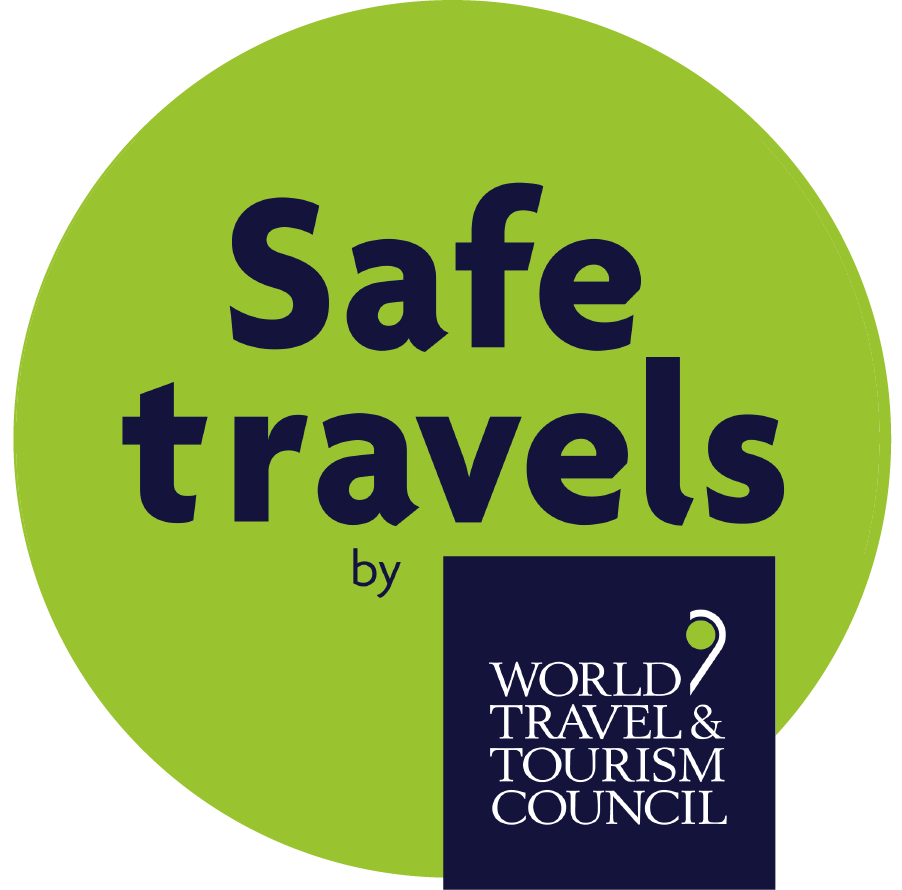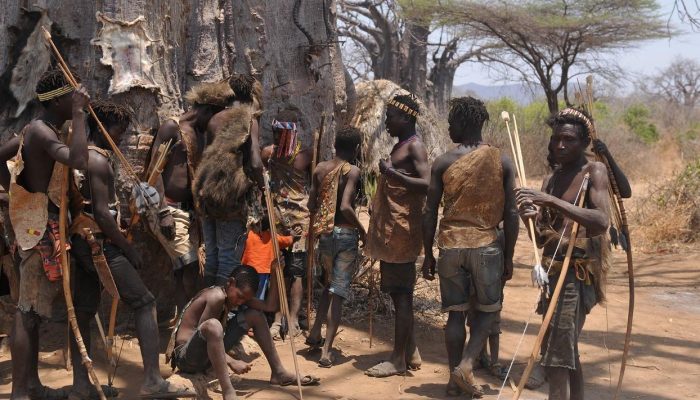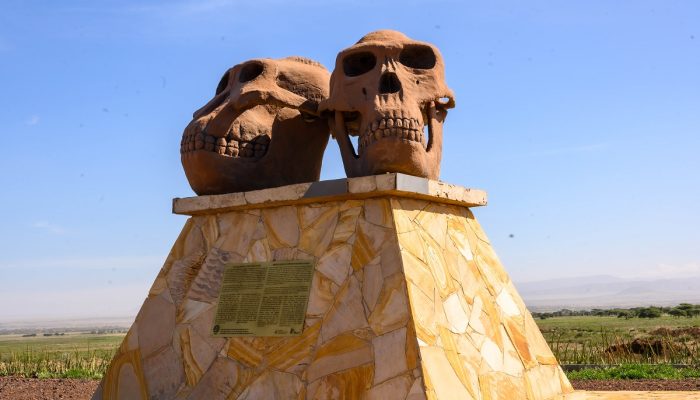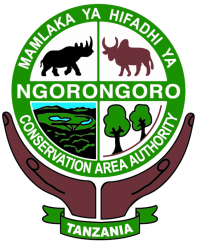Follow us
- Home
- About UsThe Organization
- NCA & NCAA
- Conservation
- TourismAttractions and Activities
- Cultural Heritage
- Geopark
- Community
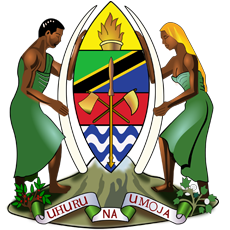
The United Republic of Tanzania
NGORONGORO CONSERVATION AREA AUTHORITY
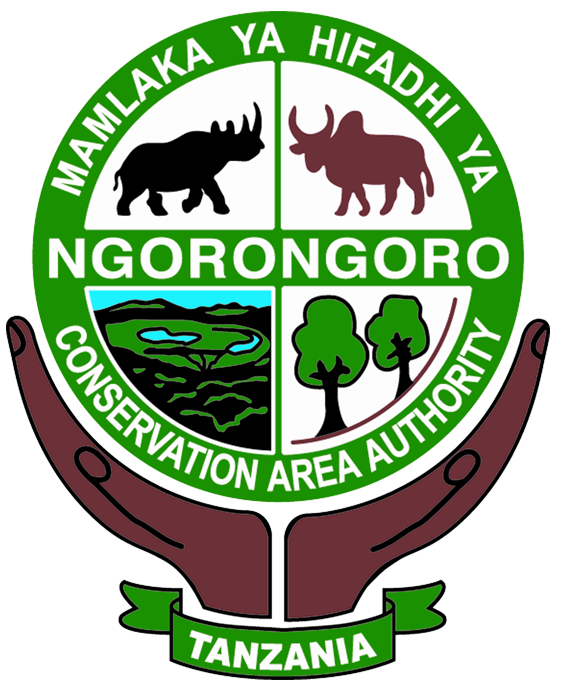
Follow us
- Home
- About UsThe Organization
- NCA & NCAA
- Conservation
- TourismAttractions and Activities
- Cultural Heritage
- Geopark
- Community
- Home
- About UsThe Organization
- NCA & NCAA
- Conservation
- TourismAttractions and Activities
- Cultural Heritage
- Geopark
- Community
The New Olduvai Gorge Museum
Overview
The Olduvai Gorge Site Museum is situated six kilometers from the main road junction where the Zinjanthropus monument stands on the way to Serengeti National Park. The Museum is located at the edge of the Gorge's bank, overlooking the famous rock castle in the Gorge's midsection, just at the confluence of the side and mini gorge river valleys. The Museum is located on the rim of the Gorge, 5 kilometers beyond the monument, at the intersection of the main Gorge and the side gorge. It is known to be one of the few onsite museums. This Museum offers extensive archeological and cultural exhibits directly related to the Gorge, as well as research on the Gorge's history, discoveries, and overall history to the present day.
One old museum was built during the Leakey era and was inherited by the Department of Antiquities in the 1990s. In 2017 a new museum was opened, and today both are now running concurrently with the same mission of highlighting mankind's unique history in the NCA.
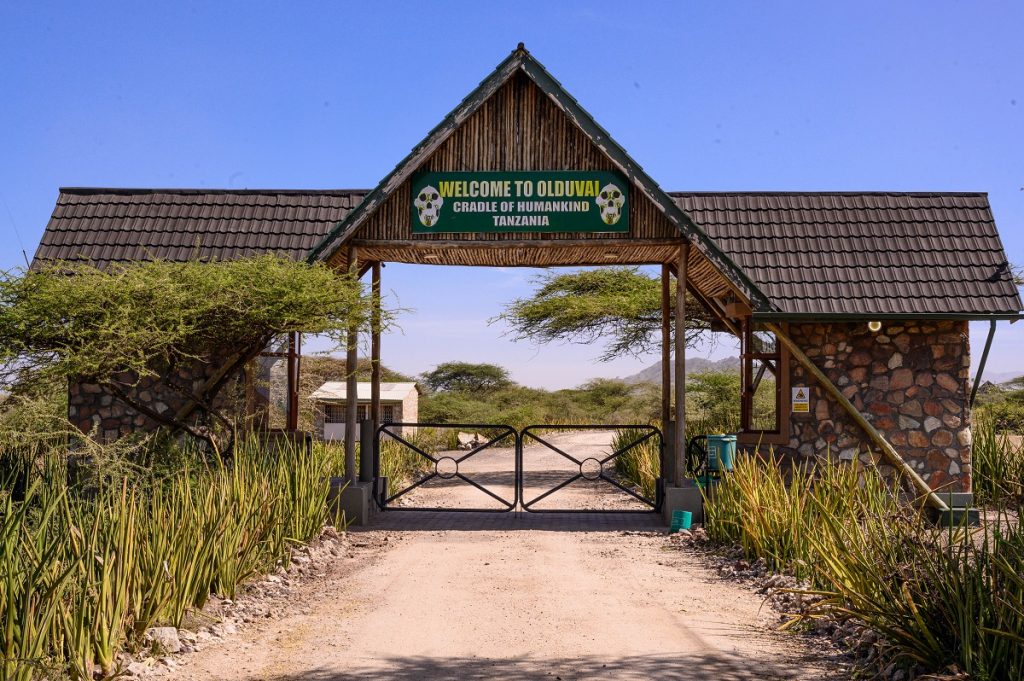
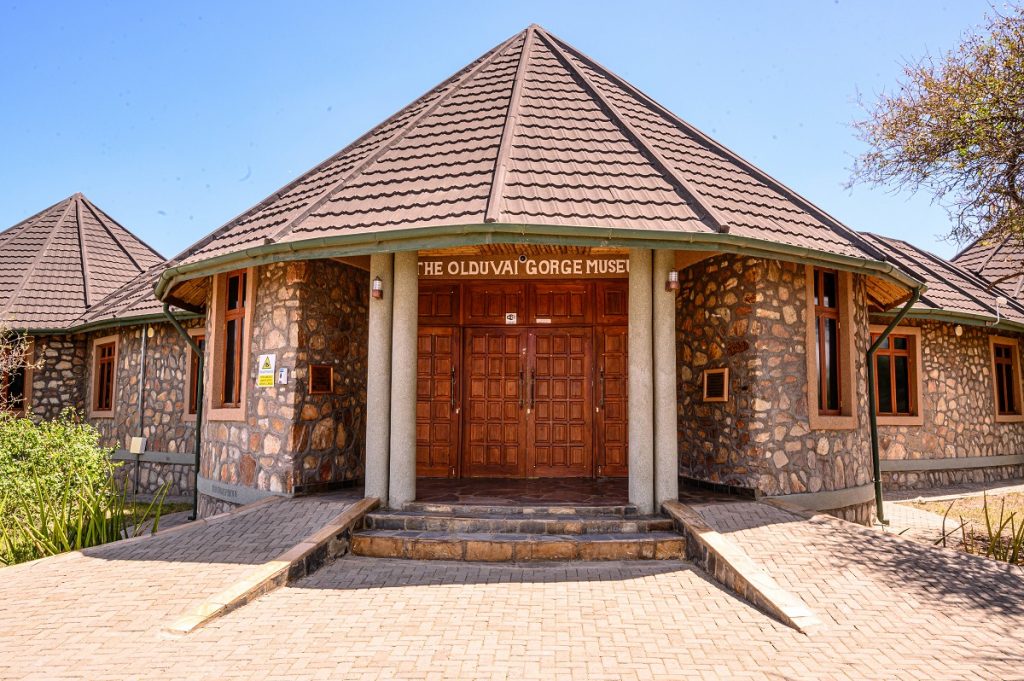
The Olduvai Gorge Museum is a fascinating journey back in time to the earliest days of mankind. It showcases numerous fossils and stone tools from our hominid ancestors, as well as skeletons of many extinct animals excavated in the Gorge. Following an interesting lecture on the work done by scientists, realistic copies of the most important findings can be easily viewed.
The Museum was founded by Mary Leakey, and it is dedicated to the appreciation and understanding of the Olduvai Gorge and Laetoli fossil discoveries.
It also houses a stunning sheltered viewing area of the gorge, used for outdoor lectures, presentations, and talks by tour guides and museum curators, as well as a shop in which one can purchase local products and books, along with a restaurant, a community center and restrooms.
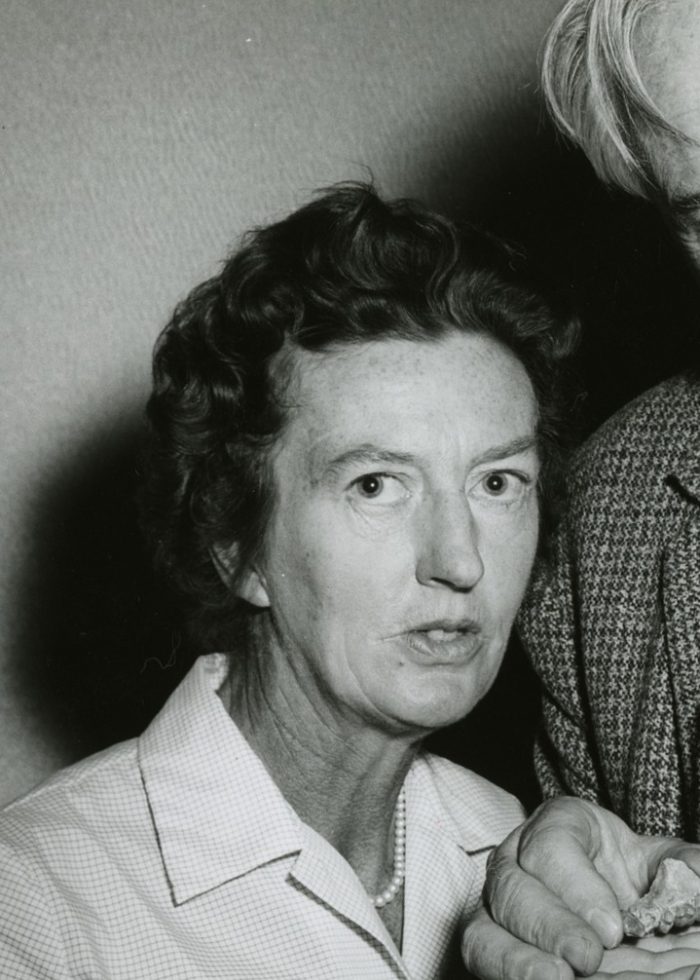
Map
- Fossils, stone tools, skeletons from extinct animals
- Museum Tours, Educational seminars
Photo Gallery
Got a Question?
F.A.Q's
Ngorongoro is managed by a different government authority namely Ngorongoro Conservation Area Authority (NCAA). To get their details including fees kindly visit their website www.ngorongorocrater.go.tz
The Ngorongoro Crater is home to much more than wildlife safaris, with important cultural and archaeology here too.
Away from the wildlife, the Ngorongoro Conservation Area has other areas of significance. Oldupai Gorge is one of Africa’s most important archaeological excavations where some of the world’s most humanoid remains were discovered.
When travelling to foreign destinations it is always respectful to dress modestly and we suggest the emphasis is on comfortable clothing.
It is often warm on the plains and at lower altitudes but cold in the hilly and mountainous areas; a rain jacket, fleece and good quality walking shoes/boots are essential.
The Ngorongoro Crater is rich in wildlife, with many species calling this vast area home.
The Ngorongoro Crater is the world’s largest intact volcanic caldera with a diameter of 16km and a crater wall over 600m high. It is a true Garden of Eden, an extraordinary natural sanctuary for some of Africa’s densest large mammal populations and predators. Over 400 spotted hyenas exist in the crater (especially on the eastern shore of Lake Magadi), along with lion’s, leopard (spotted on occasions in the swampy areas), and black-backed and golden jackals.
The lion population has varied during the years partly due to migration into and out of the crater but mainly because of the vulnerability of the compact population. Cheetah, although common in the Conservation Area, are scarce in the Crater possibly due to the high rate of competition from other predators.
Elephant (especially around the Gorigor Swamp area) and buffalo are regularly seen. There also exist residential populations and large concentrations of wildebeest (over 10,000 in number), Burchell’s zebra (approximately 5,000), and buffalo, Thomson’s and grant’s gazelle in the open grasslands of the crater floor. The Ngorongoro Crater is perhaps the best place in Africa to see the endangered black rhinoceros.
EXPERIENCE | EXPLORE | LEARN
OTHER ATTRACTIONS
The Ngorongoro Crater is the world's largest intact and unfilled volcanic caldera and the Ngorongoro Conservation Area's main tourists’ attraction.
The Olduvai Gorge is a remarkable archaeological site in East Africa and It is the one of the most important prehistoric sites in the world with crucial evidence of human evolution.
The Empakai crater is one of the multi-volcanic calderas in the Ngorongoro Conservation Area, with a beautiful lake that makes up more than 75% of its crater floor.
The Nasera rock is situated about 20 kilometers North of Olduvai Gorge. An admirable rock standing 100 metres above the plains.
The Olduvai Gorge Museum is an onsite museum built next to the most famous archaeological site in East Africa. It is situated six kilometers from the main road junction where the Zinjanthropus monument stands on the way to Serengeti National Park.
The Endoro Waterfalls is a source of a natural spring that forms the Endoro River, which flows from the rim of the Ngorongoro Crater.
The Olkarien Gorge is a massive granite monolith on the outskirts of the Gol Mountains in northern Tanzania.It is a nesting site for hundreds of the Ruppell's griffon vulture.
Olmoti Crater is situated at the Northern end of the Ngorongoro Crater, and offers scenic view of highlands. It is a water a catchment for Ngorongoro rich in flora and fauna.
Laetoli is one of Africa's most important paleontological site with evidence of early human bipedalism dating back 3.76 mya.
Is a moving black dune, composed of volcanic ash from the nearby volcanic mountain - oldoinyo lengai. It is moving slowly westwards across the Ngorongoro plains at a rate of about 15 to 20m per year.
Mount Lolmalasin is the crater mountain in the Ngorongoro Conservation Area and the third highest mountain in Tanzania standing at 3700m above sea level.
The Gol Mountains are located at the north-end of the Ngorongoro Conservation Area and is an example of a fault-bounded mountain range.
The Ndutu plains is located in the Ngorongoro Conservation Area, on the outskirts of the Southern Serengeti plains. It is where the great migration wildebeest migration take place in Ngorongoro.
Quick Links
GIVE US YOUR FEEDBACK
what is your experience at NCAA
FAST RESPONSE
chat with our representative
TARIFFS
entry fee, motor vehicle, crater fee etc
GIVE US YOUR FEEDBACK
what is your experience at NCAA
FAST RESPONSE
chat with our representative
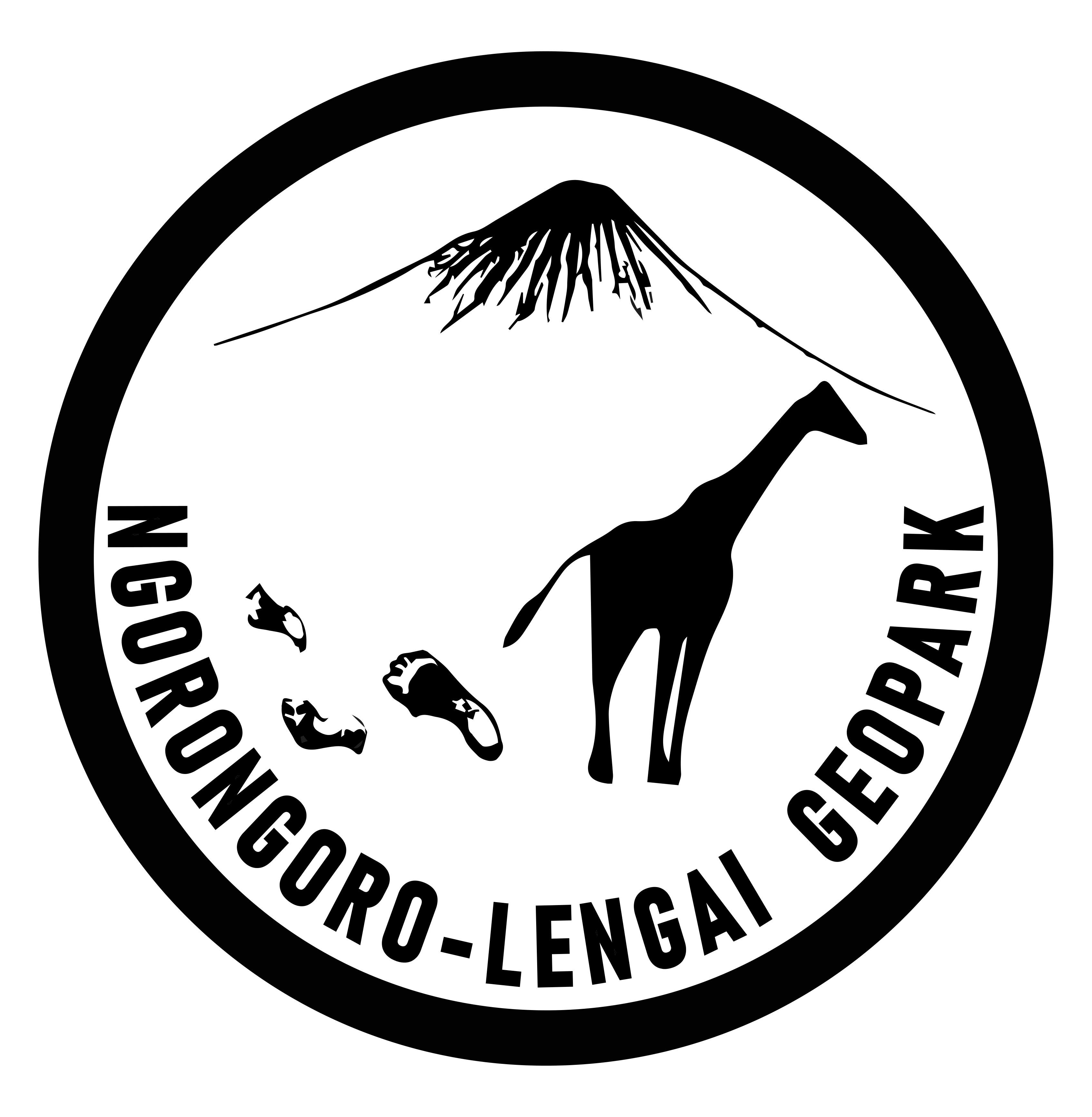


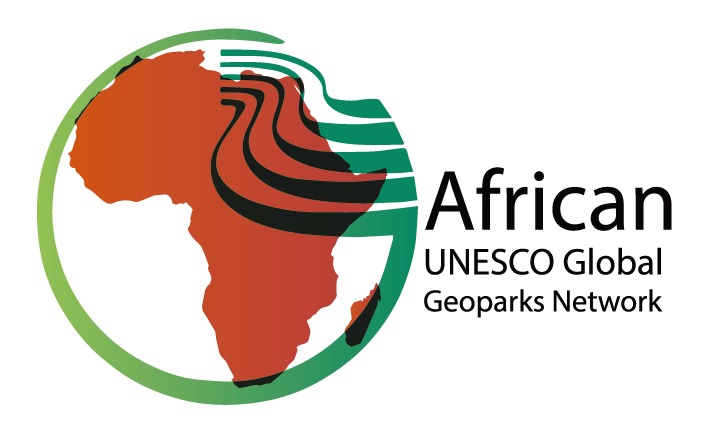
- COVID 19 POLICY & GUIDELINE
